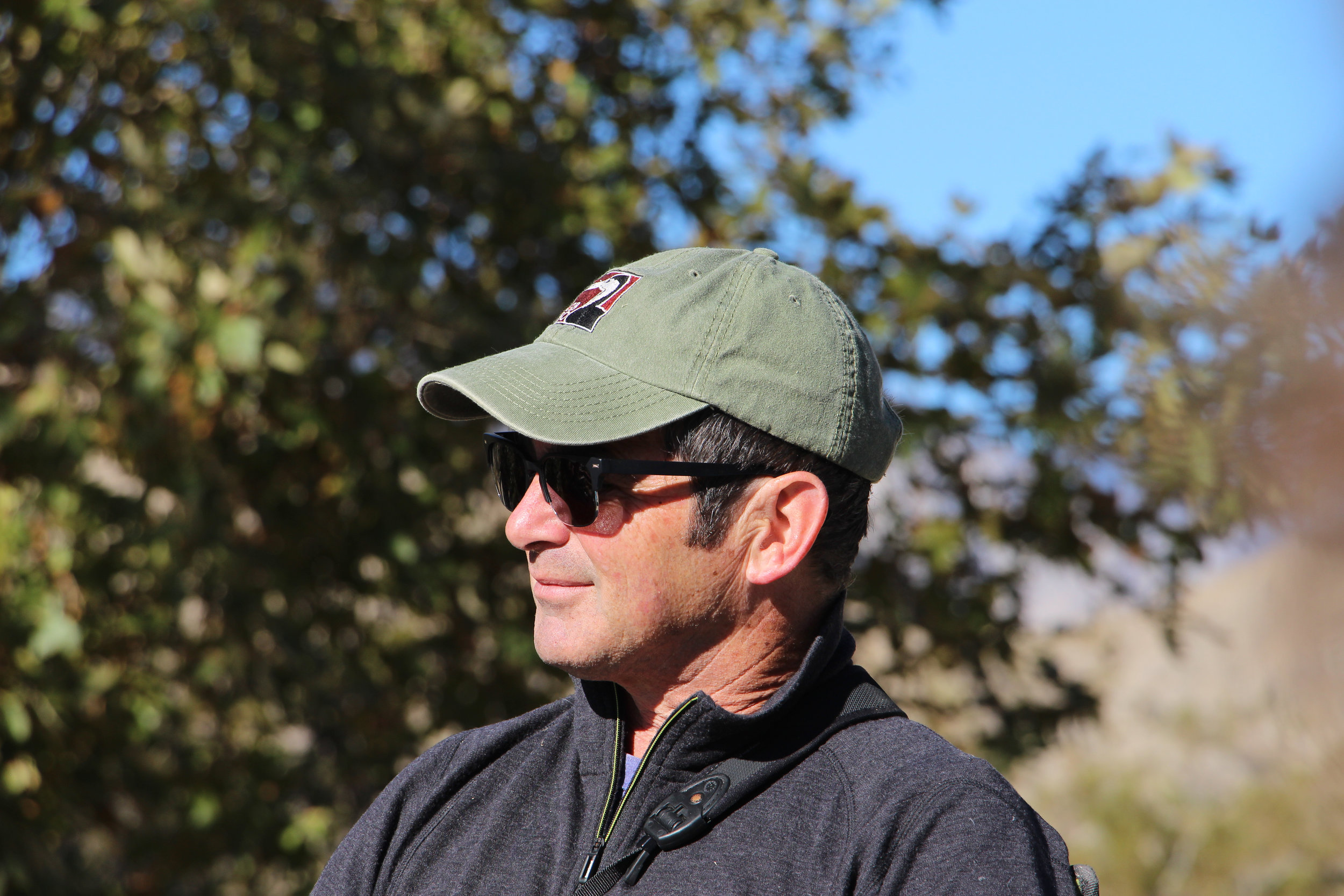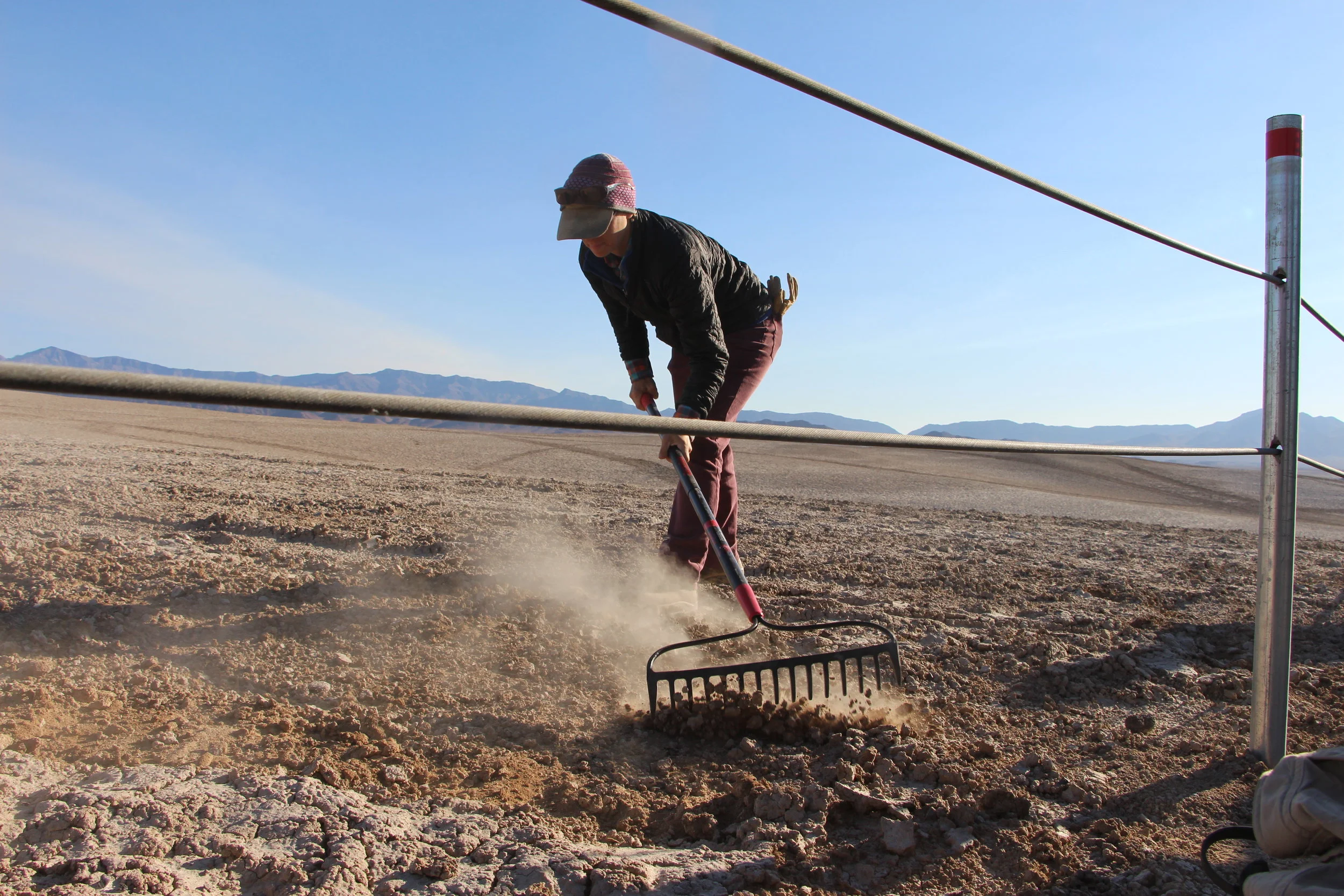Samantha Arthur
Conservation Project Manager, Audubon California
Sacramento, CA
11/14/18
Sami Arthur stands, neck craned back, below a cotton candy sky as waterfowl take flight from the ponds surrounding us. Birds turn into black specks as they rise, joining the flow of thousands of others to the neighboring rice fields. Sami picks out Snow Geese, Egrets, and Pinstripe Ducks from the nearly liquid mass of birds with an expert’s eye. But Sami has not always been into birds. Upon getting her current job at the California Audubon Society, she had to study up on birds, but this was part of the allure of her position as Program Director: “I love that sort of learning.” Before her current position she described herself as a “fish person.” She graduated from Whitman with an Environmental Studies—Biology degree and wrote her thesis on salmon populations. She attended graduate school and debated getting her PhD, but decided that she was more interested in community engagement and ground-level conservation than research.
One of her first jobs was with a land trust in Northern California, where she learned that working with farmers and landowners on conservation projects was what she was excited about. Sami met with us at the Davis Ranch outside Colusa, just north of Sacramento, and shared her work with tri-colored blackbirds and groundwater recharge. Both of these projects involve engagement from the agricultural community, which Sami emphasizes as one of the reasons she loves her job and stays engaged. Sami explains that on projects, “I speak for the birds,” but also emphasizes the importance of making sure conservation works well for everyone involved.
By Clara Hoffman







